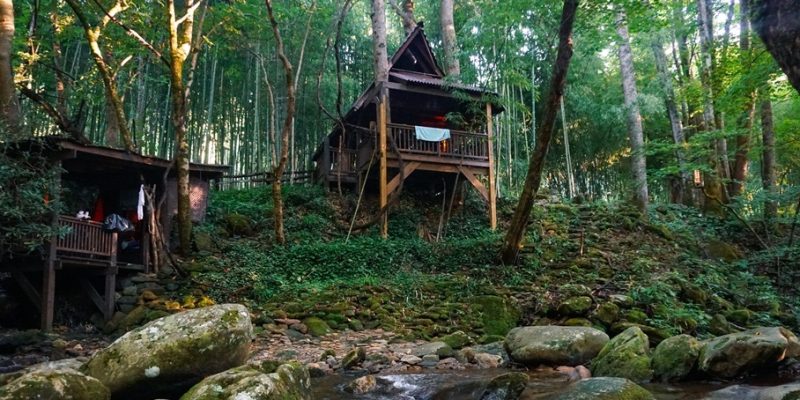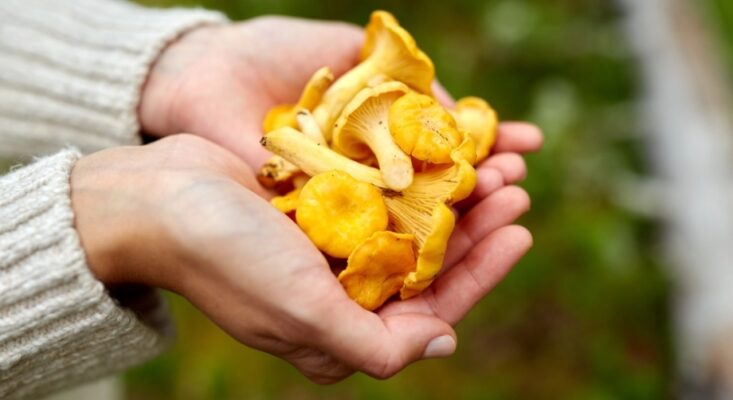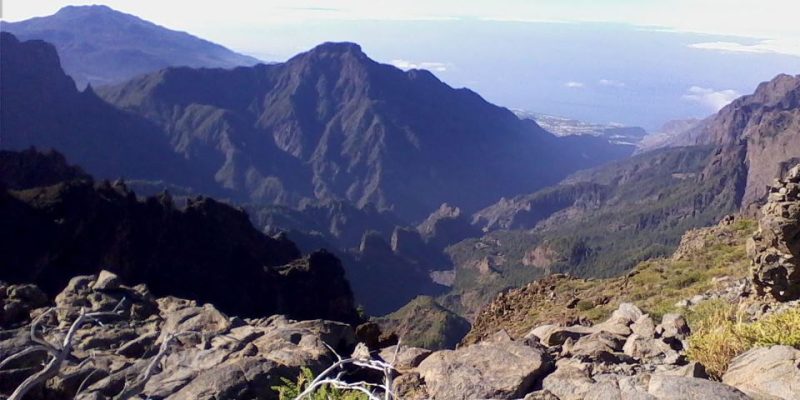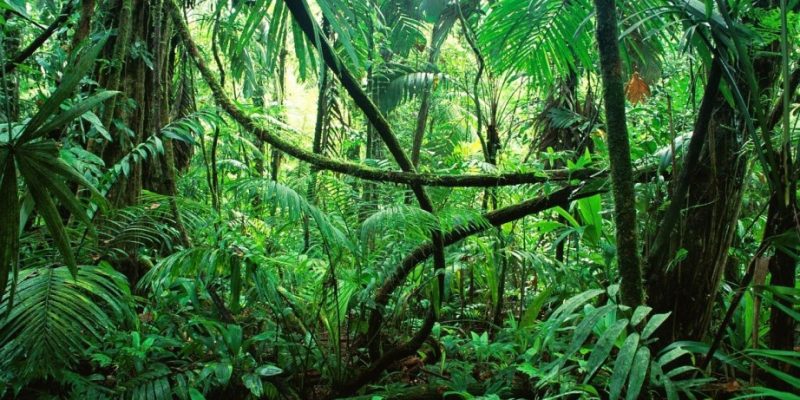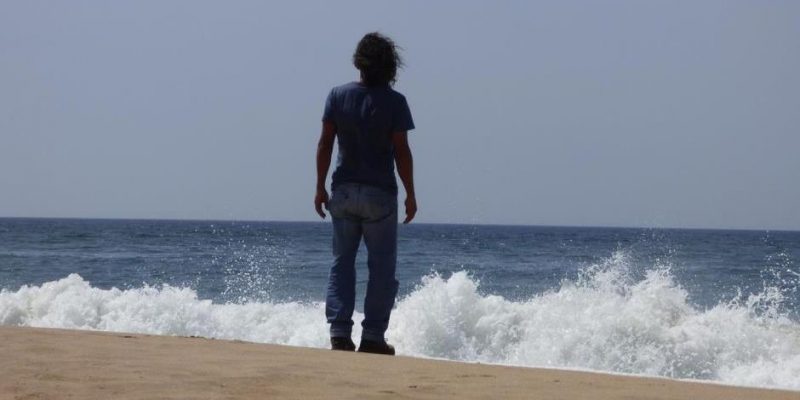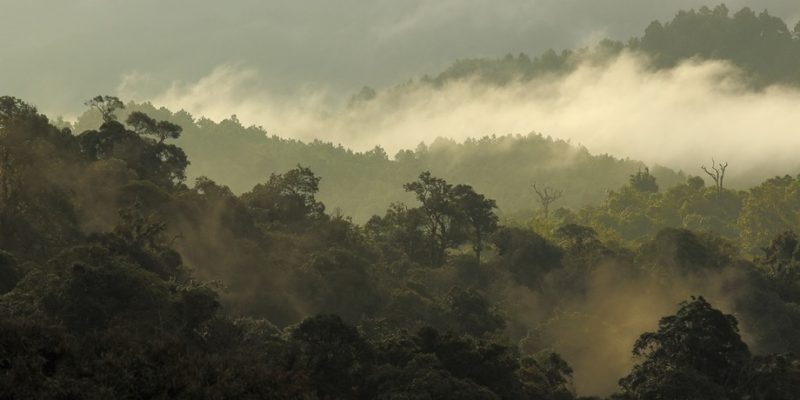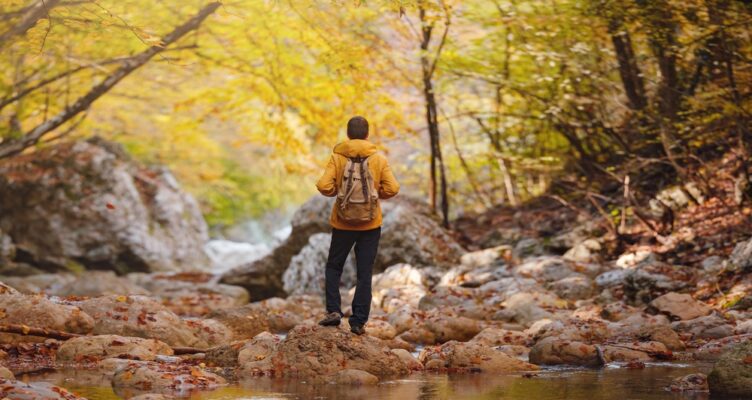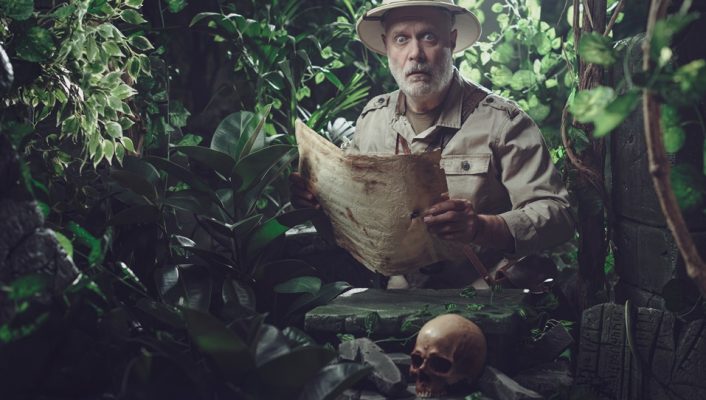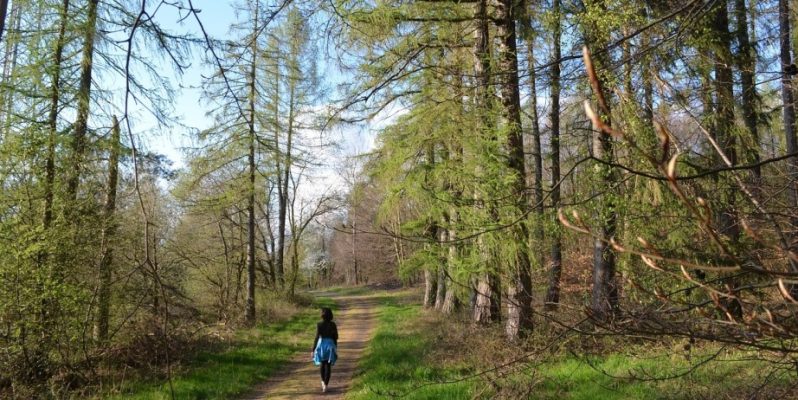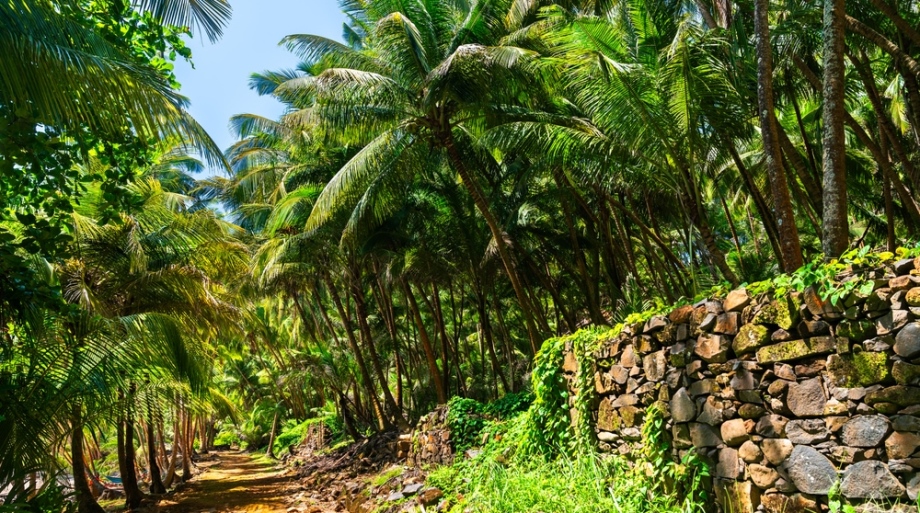
When I lived in French Guiana (the country is known as La Guyane in French) I went hiking quite a lot. In fact, I lived in the midst of the forest — which is part of the Amazonian Rainforest — and for me hiking through the jungle was one of the big pleasures.
Now, although the Amazon is typically seen as a tropical jungle, one needs to consider that there are within the Amazonian region very different types of natural habitats. Think of savanna, sea-shore forests, mangroves, marshlands, highlands, thick forest and more open forests, river and rapid environments, and so on.
Hence, hiking in the Amazon — or in French Guiana — can be rather different depending on where exactly you would hike. Nonetheless, as a more general rule you could say that French Guiana is hot and tropical no matter what area you visit. Other common experiences are the super abundance of insects, snakes, monkeys, and other wildlife, and a lot of vegetation in the form of herbs, bushes, trees (although the vegetation tends to be somewhat more sparse in the savanna areas).

In French Guiana it rains a lot. An average of 2,000 to 4,000 mm per year depending on the region in the country. Yet, there’s also a (very) dry season of about three months (typically somewhere between mid August to mid December), which is the ideal time to do longer, extensive hikes.
In the dry season — in which it really doesn’t rain or maybe just a couple of times within three months’ time — it’s hotter than usual (up to 35 degrees Celsius in the sun), but then again it’s less muddy and there are less flooded areas, so easier to hike. In addition, there are somewhat less insects (like mosquitos) bothering you.
Mind that in the forest, when you walk through it being covered by the jungle canopy, the temperatures are pleasant: from 20 to 25 degrees (Celsius) on the day and 16 to 20 degrees in the night/early morning. So, it’s advised to take a lot of forest when you hike, being protected. In the forest it’s actually quite dark because of the canopy that shields you, which makes that around 16:30 the visibility is already rather bad, while outside the forest it’s still bright and light (the sun sets more or less around 19:00 hours, all year round).
A disadvantage of the dry season is that rivers and creeks contain less water, which, if you’d want to travel deep inland, upstream, things become more difficult doing that by canoe/boat (which is called a pirogue in French Guiana).
Anyway, people in French Guiana go hiking either almost unclothed or fully clothed (with long sleeves, and such). The idea is that when you’re unclothed you can see what is on your body and act on that if necessary, and the idea of being fully covered with clothing is to prevent insects and other sh*t coming on your body. I was from the latter party … meaning the fully dressed type, because I just don’t like little or bigger things crawling across my body.
Whatever the case, you should always have some kind of repellent smeared on your body. The problem with hiking in French Guiana is not so much the big, “dangerous” animals. It’s rather the small animals like certain types of flies, ants, wasps, bees, spiders, scorpions, and mosquitos that can bring pain and disease when being bitten or stung. Nevertheless, mind that South America is not like Africa. In Africa you have lions, gorillas, leopards, elephants, hippos, alligators, and more types of very big game … which could mean a serious danger when hiking.

Of course, in South America you have the jaguar and puma (cougar), but they normally wouldn’t attack humans unless you’d threaten their babies or when they feel otherwise provoked. Nonetheless, attacks happen sporadically (more on livestock than on humans, by the way), which is thought to be because of humans increasingly invading and destroying their habitats and territories. After all, they need space and food, just like us.
In addition, you have the problem of venomous snakes (you’ll find about a hundred species of snakes in French Guiana, but less than fifteen are potentially dangerous for humans). Yet, despite the relatively low number of venomous snake species, it’s something to always be cautious with.
As for avoiding snake bites, it’s advised to hike with rubber boots reaching the knees, and to make noise, especially noise that trembles the air and earth, like stepping firmly, or hitting firmly with a walking stick on the forest floor, and/or talking, coughing, singing, or whatever. Personally, I would always wear boots and have a machete with me.
The machete I would basically only use to cut my way through the forest where needed (but yes, it can potentially also be helpful when attacked by a snake). In addition, I think it’s good to have some bandage and disinfectant with you and maybe also some kind of antihistamine in case of allergic reactions. It’s not only because of animal or insect bites, but also because of the many types of plants you’ll encounter, of which some can be quite thorny or accidently cut you, or secrete stuff your skin might not handle well.
Mind that snakes do not want to attack you deliberately … in general they would “slide” away, out of your path. An exception are the boas (both the land and water species) who are not so afraid or bothered and just keep their spot when you approach. Nevertheless, they are stranglers and not venomous, so no worry there. They are basically not dangerous to people and they are not likely to want to attack you or something.

Apart from certain types of snakes, another potentially dangerous animal in the Amazonian region of French Guiana is the black caiman, which can reach up to six meters. Sporadic attacks on humans can occur when they feel threatened or provoked or when they feel they need to defend their nests. It’s better to stay away when you spot them.
As I talk about hiking here, I’ve skipped the part of entering water bodies. Yet, the word “Guyana”, referring to the three Guyana countries (French Guiana, Guyana, and Suriname), is thought to come from an indigenous Amerindian language meaning “land of many waters”. And indeed, you’ll find an abundant number of rivers, creeks, streams, rapids, waterfalls, marshes, lakes, ponds, basically everywhere in the country.
In fact, it’s tempting to go swimming because the waters are often very nice and refreshing, yet caution is advised. There are some possible issues there such as stingrays, electric eels, water snakes, piranhas, or caimans, for instance, so it’s better that you ask local people where you can swim safely.
But let’s go back to jungle hiking. Of course, when you walk through the forest and make noise and announce that you are approaching it will make that you will see much less animals. Thus, if you are there to spot wildlife you need to be discreet and quiet, but then you also run more risk to have an “unexpected and unpleasant” encounter.
As for where to hike, well, that’s actually a simple question. About 98% of French Guiana is covered by forests, much of it being native and pristine rainforest. It means you can basically hike everywhere if you are of an explorative and adventurous nature, have jungle experience, and take the right precautions.
There are also safer options, because you’ll find enough more or less official trails and hikes, guided and non-guided. Examples are the Salvation Islands (Îles du Salut), Montagne des Singes (Mountain of the monkeys, near Kourou), parts of and around Cayenne (the capital city), around Régina, Matoury, Macouria, Tonnegrande, and in the region of Saint-Laurent and almost everywhere along the Maroni river … it’s too much to name. Just browse the internet and search for “hikes in French Guiana.”
Another thing you can do is visit inland communities of Amerindians and Maroons, because there are always plenty of jungle trails around the villages typically used to go hunting, planting, fishing, or swimming/bathing, or to look for certain medicinal plants or edible fruits, etc. Best would be to stay there for a couple of days and ask for a local guide to help you out with your hike.
Well, I hope you got the gist of what it means to go hiking in French Guiana. For me it was a very interesting part of my life and I enjoyed it very much. It’s simply an amazing and rewarding experience to live and hike in pristine tropical jungle forest.





